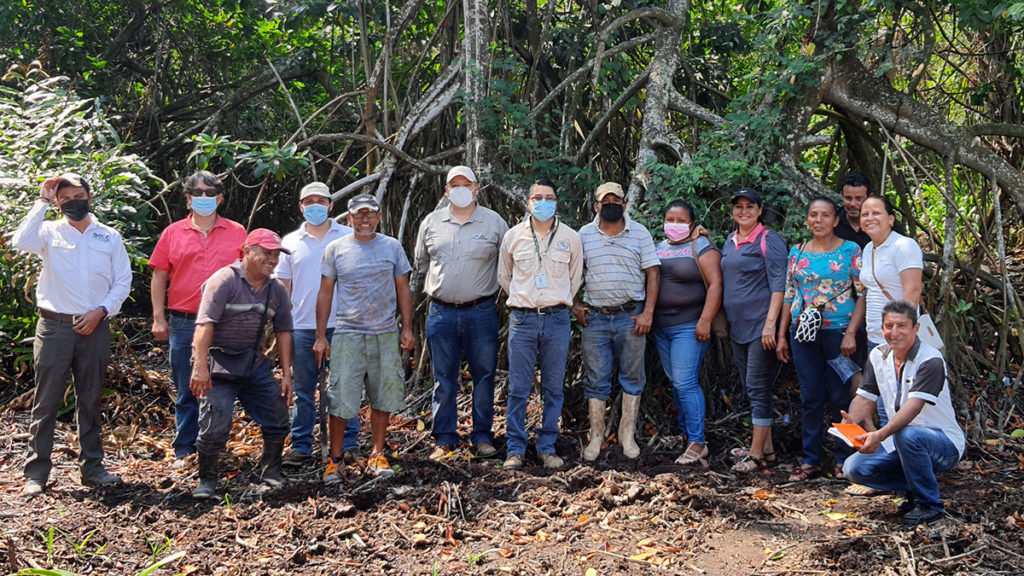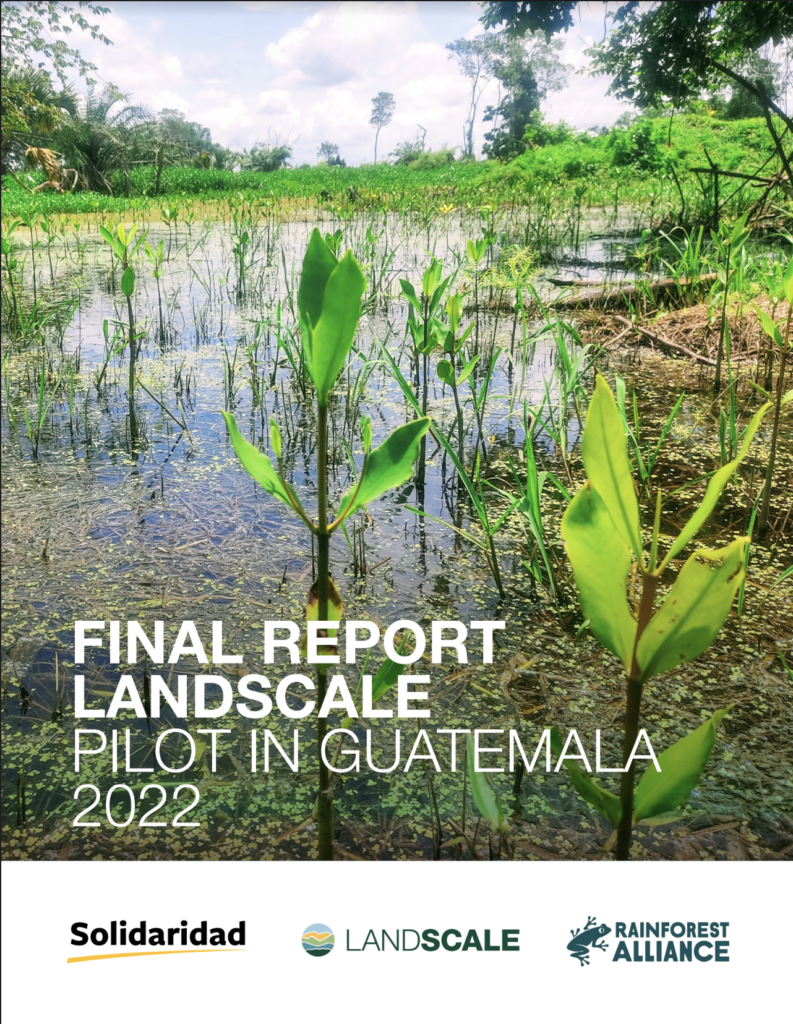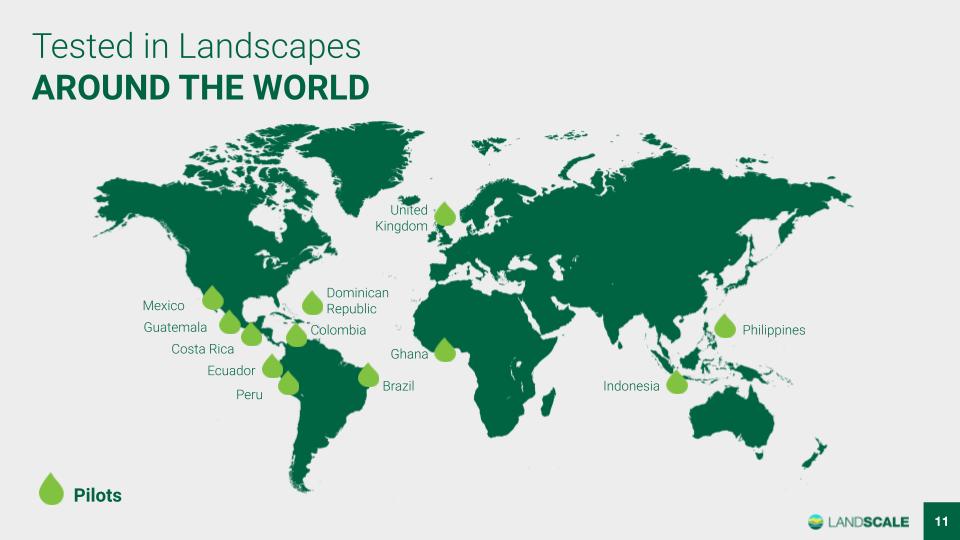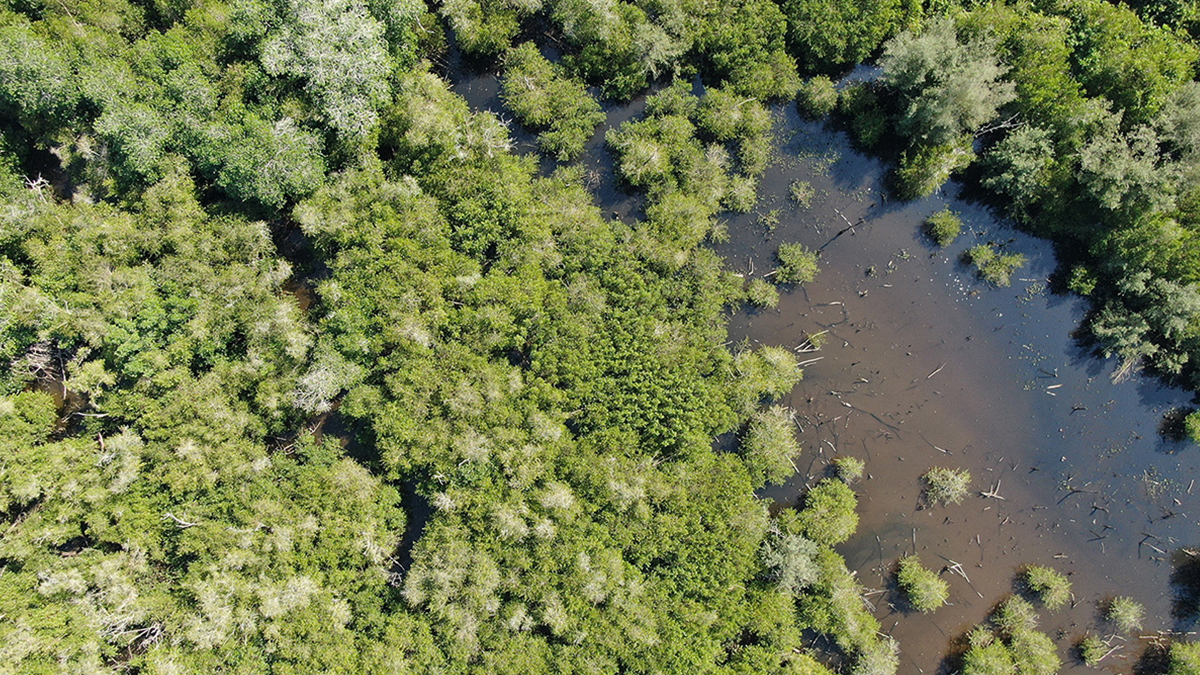There are several sustainability schemes that specifically address the production or transformation units of a product, however, measuring the impacts of those efforts outside these units is complex. This is why a global consortium became interested in finding a mechanism to measure and communicate sustainability performance at the landscape scale.
LandScale (LS): a tool to measure sustainability performance at landscape scale
LS measures sustainability performance in a landscape under four pillars: ecosystems, human well-being, governance, and productivity. It is designed for various landscapes and has been tested around the world. For example, in Costa Rica, the challenge was how rapid urbanization caused degradation and depletion of water resources in the San José basin, thus endangering the human-use water and impacting the economy of the capital city.
With the use of LS, it has been possible to generate support and attract investments for the Agua Tica water fund. This has been made possible by defining common goals, tracking progress and communicating results in a credible and verifiable manner.

The Guatemalan case
Solidaridad collaborated with the Rainforest Alliance to develop and use LS in the southwestern area of Guatemala, as part of the global pilots of the tool. The landscape selected to test this metric included five municipalities that belong to the departments of Quetzaltenango, Retalhuleu, and San Marcos, also known as Trifinio Suroccidente.

We are interested in this project because we believe it will help us strengthen our environmental policy.
Andrés Mench, Municipality of Champerico
The impact
One of the most important impacts, highlighted by all the actors, is the strengthening of inter-institutional relations. Although there was good communication between some actors or institutions, there was a lack of knowledge about the actions carried out in the landscape by each one of them. This is reflected in the action plan, which seeks to achieve the objectives agreed upon by the landscape actors who have already identified the challenges they share in their areas of intervention.

Many lessons learned during the LS pilot in Guatemala served for the final formulation of the global initiative. The Guatemalan pilot helped define the metrics for the human well-being pillar and facilitated, at the local level, the union between sectors to address issues of interest at the landscape level.
We women keep going and that is progress. Today, everybody realized how many women were actually working. And now, they can’t complain that we do less because they give us a task and we deliver. We are showing everyone that we also have the right to opportunities, we women can do the same as them, what I mean is, we are all the same.
Carmen Gómez and Yadira Aguilar, 31 de Julio Community.

